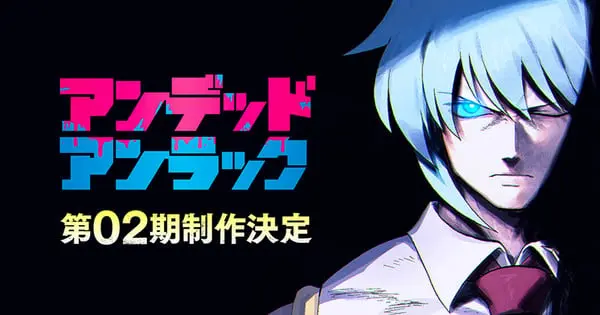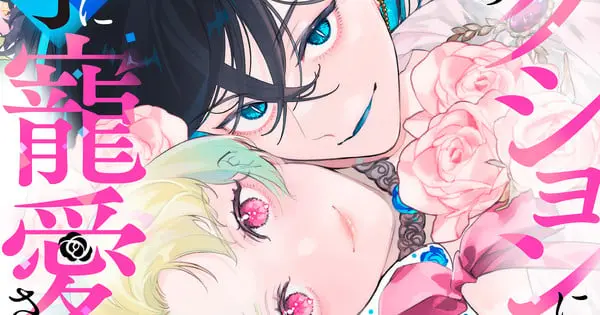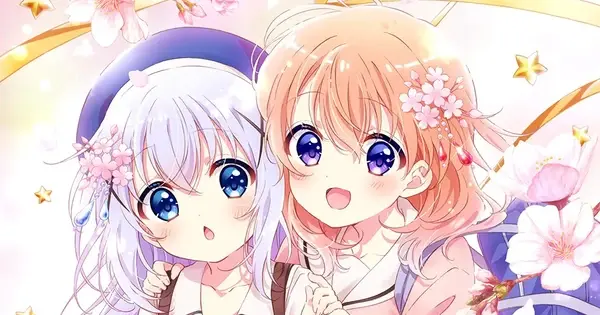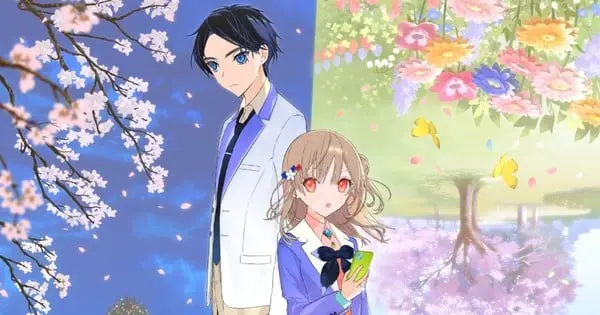ABC Animation, a key player in the Japanese animation landscape, has officially launched a new music business and label, marking a strategic expansion into the lucrative realm of anime theme song production. The newly formed music arm is already making significant waves, announcing its immediate involvement in producing the opening and ending theme songs for the upcoming “Shūkan Ranobe Anime Program.” This move aligns ABC Animation with a broader industry trend where animation studios increasingly integrate music production to enhance their multimedia franchises.
A New Tune for ABC Animation
Established in July 2016 as the animation program planning division of Asahi Broadcasting Group Holdings Corporation, ABC Animation has consistently worked to unify planning, production, merchandising, events, and marketing for its domestic and international anime endeavors. Their portfolio includes involvement in popular series such as Precure and acclaimed Kyoto Animation productions like Free!, Violet Evergarden, A Silent Voice, and Miss Kobayashi’s Dragon Maid. The establishment of a dedicated music label follows their earlier expansion into CG animation production, with a CG anime studio launched in 2020. This latest venture into music signifies a deeper vertical integration, allowing the company greater control and potential revenue streams from their intellectual properties.
The decision to launch an in-house music label positions ABC Animation to directly manage the musical identity of its animated works, a critical component for audience engagement and commercial success in the anime industry. Anime theme songs, often performed by popular artists, are not merely accompanying pieces but frequently become standalone hits, driving significant sales and promotional opportunities for both the artists and the anime itself.
The “Shūkan Ranobe Anime Program” Unveiled
The inaugural project for ABC Animation’s new music label is the “Shūkan Ranobe Anime Program,” a novel “Light-novel Anime” initiative. This program is set to feature four distinct anime works, each adapting original stories from renowned light novel authors and boasting character designs by popular illustrators.
Initially, the short anime works from this project, including titles like “Shōshin Time Leap” and “Femme Fatale Ikusei Keikaku,” were released in June as vertical anime shorts optimized for smartphone viewing on platforms like YouTube Shorts. Demonstrating a versatile approach to content distribution, these works are now being re-edited for traditional horizontal screens. They will soon be broadcast as the full “Shūkan Ranobe Anime” program, commencing July 12 within the prominent “Animazing!!!” programming block across ABC TV, TV Asahi, and their affiliated networks.
Crafting the Sound of “Shūkan Ranobe”
For this ambitious program, the newly minted music label has already produced the crucial opening and ending theme songs. The opening theme, titled “Hajimari no Aizu” (Signal of a Start), will be performed by voice actress Chihaya Yoshitake, marking her official debut as a solo artist. This provides a significant platform for a rising talent under the wing of ABC Animation’s new music venture.
Complementing the opening, the ending theme, “Gunjō to Mikan no Kanata” (Ultramarine and Incomplete Beyond), will be delivered by voice actress Ayaka Nanase, featuring collaboration with Takayuki “Kojiro” Sasaki. The selection of voice actors for theme songs is a common practice in the anime industry, often leveraging the popularity of the voice cast to promote the musical releases.
Strategic Implications for the Anime Industry
The establishment of a dedicated music production arm by ABC Animation reflects a growing trend among major Japanese entertainment companies. Historically, many prominent anime producers, such as Bandai Visual (with its Lantis label) and Aniplex (a division of Sony Music Japan), have maintained affiliated record labels. This integration allows production committees to have greater control over the musical direction of their projects, streamlines licensing, and ensures that music releases are synchronized with anime broadcast schedules and marketing campaigns.
By directly producing theme songs, ABC Animation can foster closer collaborations between animation directors, sound directors, and musical artists from the outset of a project. This can lead to a more cohesive artistic vision and potentially more impactful theme songs that are deeply intertwined with the anime’s narrative and aesthetic. Furthermore, it creates new revenue streams through music sales, streaming royalties, and live performance opportunities for their signed artists, all contributing to the financial health and sustainability of their anime productions. This strategic move by ABC Animation underscores the increasing importance of integrated multimedia strategies in the competitive global animation market.







